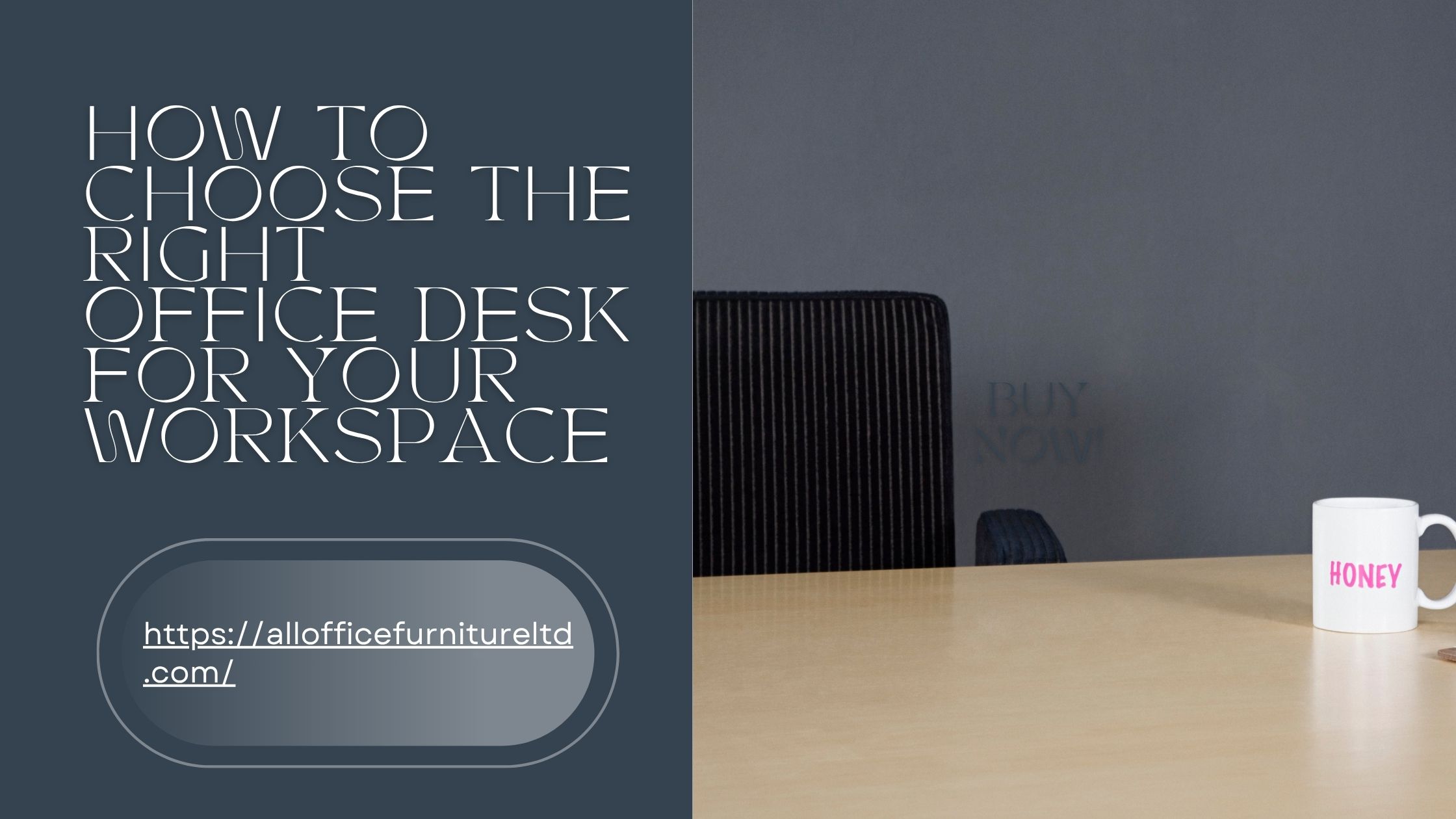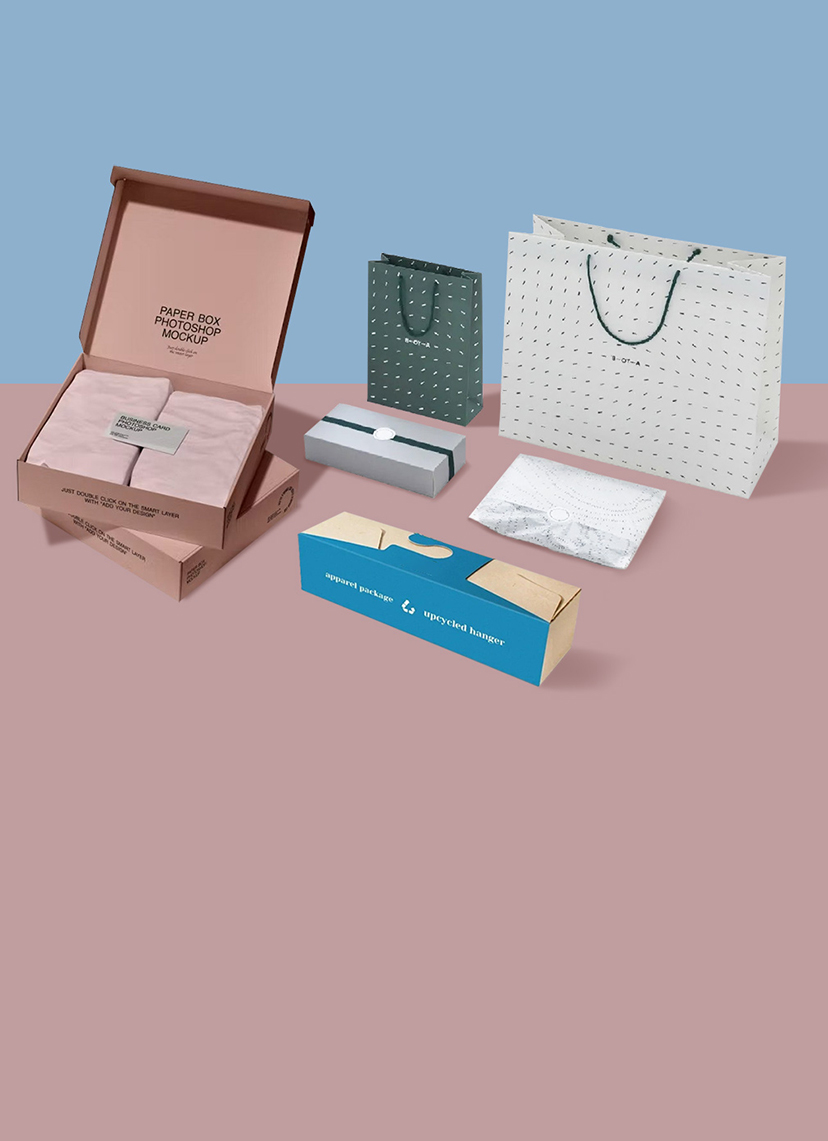
Whether you’re setting up a corporate office in Auckland or designing a home office in Christchurch, the right office desk is a game-changer. A desk isn’t just a piece of furniture — it’s the command centre of your work life. The wrong choice can cause discomfort, reduce productivity, or waste valuable space. The right one, however, can boost focus, improve posture, and transform your entire working experience.
In this guide, we’ll walk you through everything you need to consider when choosing the perfect office desk in Mount Eden for your New Zealand workspace.
1. Know Your Space
Before browsing options, evaluate the space where the desk will go. Is it a small corner in your home, a shared office, or a spacious executive suite?
- Measure your area. Take accurate dimensions of the room or designated desk zone. Don’t forget to consider walking space and the placement of office chairs, drawers, and other furniture.
- Check natural light. If possible, position your desk near windows to benefit from natural light without glare on screens.
Tip:
In compact NZ apartments or offices, consider L-shaped desks or corner units to maximise floor area.
2. Determine Your Work Style
Your daily tasks should shape your desk choice. Are you mostly working on a computer? Do you need space for paperwork, creative projects, or client meetings?
- Computer-focused roles benefit from desks with keyboard trays, cable management, and monitor stands.
- Creative professionals may need more surface area for sketching, dual screens, or layout work.
- Administrative roles often require extra drawers or shelving for files and stationery.
Tip:
If your work is paper-heavy, choose a desk with integrated storage or pair it with a matching filing cabinet.
3. Consider Ergonomics
A poorly designed desk can lead to discomfort or long-term health problems. Ergonomics should be a top priority.
- Height: Standard desk height is about 73–76cm, which suits most people. For optimal comfort, your elbows should rest at a 90-degree angle when typing.
- Knee space: Ensure ample space under the desk for leg movement.
- Posture support: Combine the desk with an ergonomic office chair and, if necessary, a footrest or monitor stand.
Tip:
Consider height-adjustable desks or sit-stand desks, which are gaining popularity in NZ for their health benefits.
4. Choose the Right Material
Desks come in a variety of materials, each offering different aesthetics and durability:
- Wood: Warm and classic, solid wood desks are sturdy and stylish but can be heavy and costly.
- Laminate or MDF: Affordable and available in many finishes, these are practical choices for modern workspaces.
- Glass: Sleek and contemporary, glass desks offer a minimalist look but may require more cleaning.
- Metal: Durable and industrial, often used in combination with other materials.
Tip:
If you’re going for a modern NZ office look, combine light-toned wood with white or black metal accents for a clean, stylish finish.
5. Look for Built-In Storage
Having drawers, shelves, or compartments built into your desk can make a world of difference, especially in smaller offices.
- Integrated storage helps you stay organised and reduce clutter.
- Mobile pedestals are a great add-on if your desk doesn’t come with drawers.
Tip:
If you want flexibility, opt for modular desks that allow you to rearrange components as needed.
6. Think About Cable Management
Tangled cords and messy cables can be frustrating and unsightly. Many modern office desks offer built-in cable management systems.
- Look for grommets, trays, or cable channels that help keep your workspace tidy.
- Use cable sleeves or clips if the desk doesn’t include built-in features.
Tip:
A clean workspace not only looks better — it improves mental clarity and productivity.
7. Aesthetics Matter
While function should come first, don’t overlook style. Your desk should reflect your personality and suit the overall décor of your workspace.
- Traditional wood desks can add a sense of formality or authority.
- Scandinavian-inspired desks with clean lines and light colours are great for relaxed home offices.
- Industrial designs suit urban or creative environments.
Tip:
Stick to a consistent colour palette across your desk, chair, and storage to create a cohesive look.
8. Set a Realistic Budget
Office desks in NZ can range from under $200 for basic models to over $2000 for high-end executive desks. Define your budget upfront, keeping in mind:
- Quality and durability usually increase with price.
- Mid-range options often provide the best balance of affordability and functionality.
- Sales or second-hand markets can be great sources for high-quality pieces at lower prices.
Tip:
Always factor in the cost of shipping or assembly, especially for online purchases.
Final Thoughts
Choosing the right office desk isn’t just about aesthetics — it’s about creating a space where you can be comfortable, productive, and inspired. Whether you’re outfitting a commercial office in Wellington or a home office in Queenstown, taking the time to evaluate your needs, space, and style preferences will pay off in the long run.
Remember, your desk is more than just a surface — it’s where ideas are born, tasks are tackled, and goals are achieved. Choose wisely, and your workspace will thank you.


